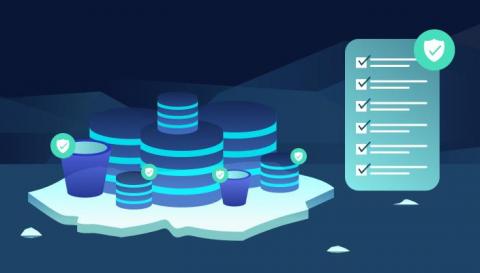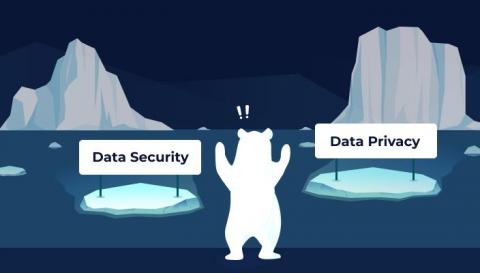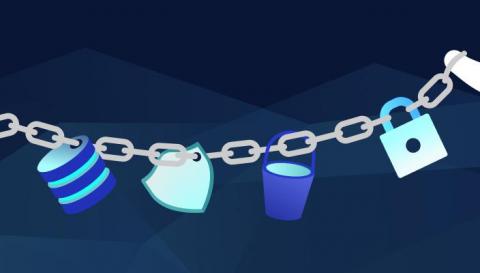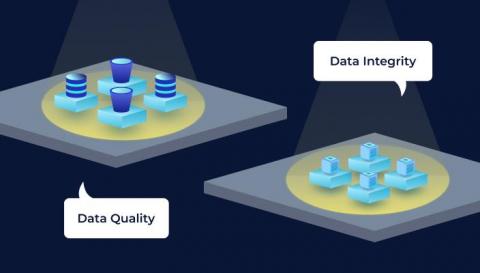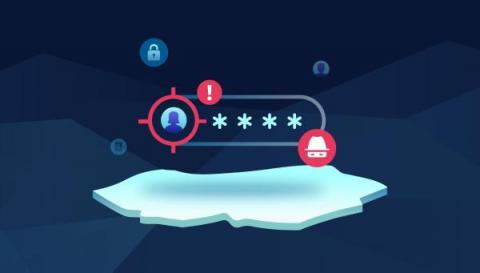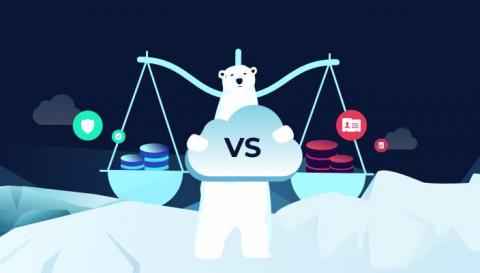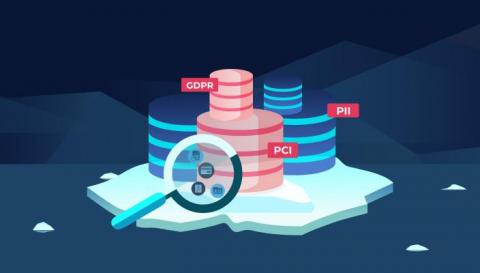Avoid Hefty Data Protection Fines by Utilizing Next-Gen DSPM Solutions
Whether you follow cybersecurity magazines exclusively or you only consume generic, tech-related content on a regular-basis, you’ve probably heard the news. Tech giants, Tesla and Meta are both in VERY big trouble after violating GDPR and Data Protection standards, causing sensitive data leakage, exposing it to the public.



